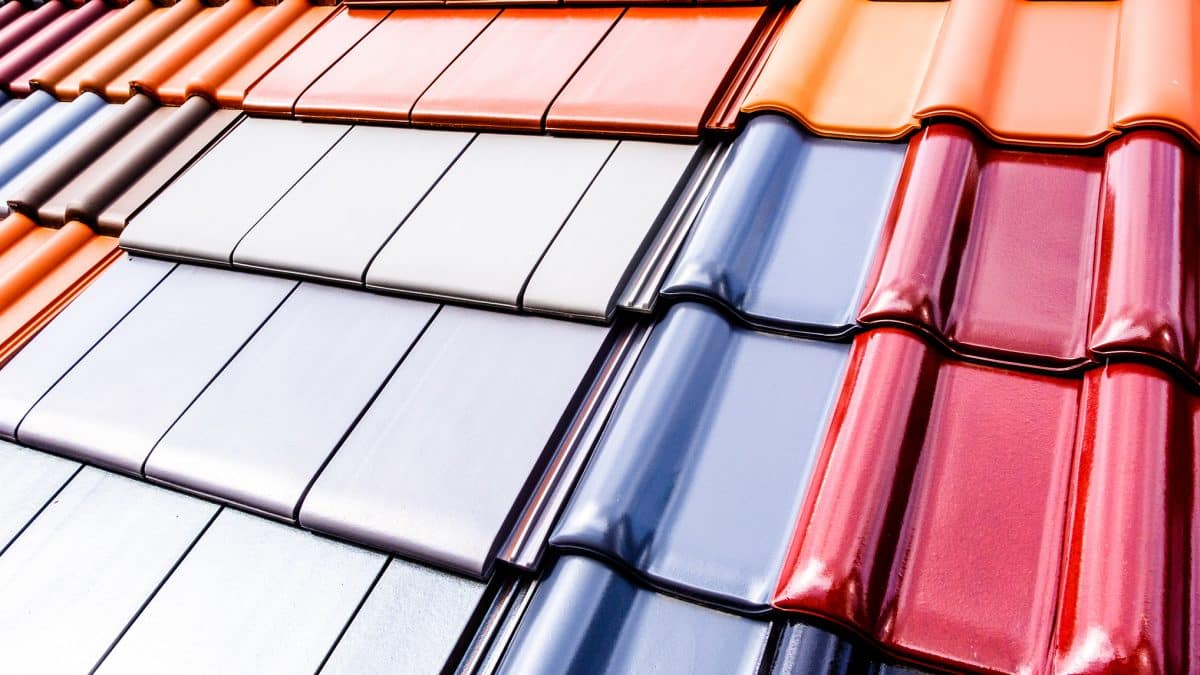Eco Friendly and Sustainability
Why Should I Use Reclaimed Bricks & Tiles In My Building Project?
Sustainability is a huge subject, and one that we at Bespoke are passionate about. In this blog, I’ll take a closer look at re-purposing bricks and tiles, as well as some of the most important environmental reasons that we should all be considering sustainability throughout the building process.
Building your property using beautifully aged tiles made from original reclaimed bricks adds a sense of authenticity and integrity. You’re creating a unique, hand-crafted home, and this can be reflected in everything you do – from the processes you use, to the materials you choose. Reclaimed and recycled tiles and bricks help to create a building filled with warmth, character and history.
There’s no faking the real thing
To begin with, the only way of achieving the authentic look and feel of an original exposed brick wall is to use authentic, aged brick tiles. These little beauties have genuinely matured and acquired natural character over the years, and there’s just no faking that. Brick tiles can be used on the exterior walls of your home and on interior spaces too,allowing you to design unique and stunning effects. Brand new, factory-made modern bricks aren’t able to replicate the natural effects of time that creates that wonderful ‘no two bricks are quite the same’ style.
Considerate building
If you’re creating a new design & build home, you should certainly think about the natural and built environment that you’re proposing to build into. In many cases, planning legislation will require you to do this but it’s something you should plan into your project where possible.It’s important that when creating new buildings, we’re all mindful of UK heritage and our place within it.
Environmental Impact
This of course raises the broader question of sustainability – where building work is not only in keeping with its location, but also seeks to limit its environmental impact. The process of recycling bricks incurs a smaller carbon footprint than using new bricks with its associated production and firing processes.The Building Research Establishment’s (BRE)“Green Guide to Specification”, suggests that there is significant capacity within the UK to further recycling bricks. So, there’s certainly still work to be done across the industry.
A Global Issue
Research by the Reclaimed Brick-Tile Company concludes that approximately 50% of global resources are consumed by the construction industry, so it’s important that builders maintain a sustainable when selecting materials. ‘Sustainability’ after all, means adapting the way we meet our objectives to minimise the impact of construction, giving the most beneficial options for people of today, without endangering the generations of tomorrow. Buildings can be the greatest producers of environmentally harmful gases such as CO2 and this ‘eco-footprint’ continues to grow.
A worldwide commitment to use sustainable materials is vital in helping to avert the negative effects of global warming. Whilst something as relatively small as re-purposing brick tiles can seem insignificant, if we all make little considerations and reuse materials wherever possible, we can make a difference.









